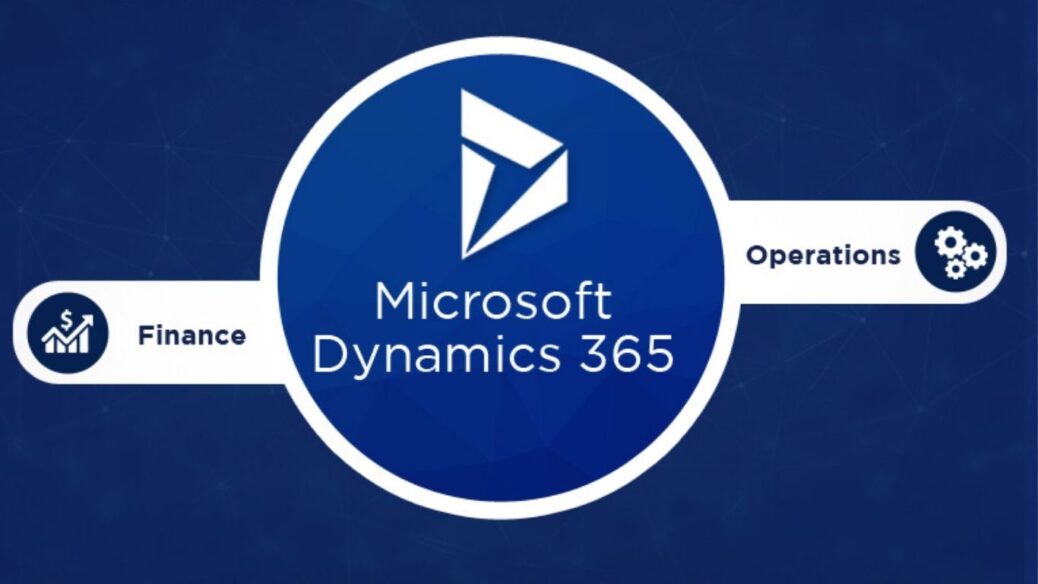9-Step Plan for Successful Customization of Dynamics 365 Finance and Operations
Ensuring a smooth transition towards deploying and customizing Microsoft Dynamics 365 Finance and Operations is one half of the equation. This involves careful planning and execution of the implementation process to minimize disruption to your business operations. Working closely with a team of experienced consultants for customization of Dynamics 365 Finance and Operations, who can help you identify potential risks and develop a comprehensive plan that addresses these issues is important.
Table of Contents
The second half of the equation involves customizing the D365 environment to meet your unique business requirements and adapt to changing market needs. This includes configuring the system to match your specific processes and workflows and integrating it with your existing software applications. Doing so can optimize your business processes, reduce manual tasks, and increase productivity.
However, customization of Dynamics 365 Finance and Operations environment can be challenging for many businesses. It is not uncommon to encounter difficulties during the process. This can leave businesses unsure of where to begin and how best to achieve their customization goals. These steps will help you get started:
1. Define your business requirements
Before you start customizing Dynamics 365 Finance and Operations, it is crucial to define your business requirements. This involves identifying the processes and workflows that must be improved or added to the system. Once you have identified these requirements, you can start mapping them to the system’s existing functionality and determine what customizations are needed.
2. Conduct a feasibility study
The next step is to conduct a feasibility study, which involves evaluating the technical and financial feasibility of customizing the system. The feasibility study should identify potential risks, limitations, and costs of customizing the system. This information will help you make informed decisions about which customizations to implement.
3. Prioritize your customizations
Not all customizations are created equal. Hence, it would be best if you prioritized your customizations based on their business impact and complexity. Start by identifying the customizations that will significantly impact your business and are the least complex to implement. This approach will help you achieve quick wins and build momentum for larger and more complex customizations.
4. Engage with certified consultants
Customization of Dynamics 365 Finance and Operations require a deep understanding of the system’s architecture, data structures, and development tools. Therefore, engaging with certified Dynamics 365 consultants with experience customizing the system is essential. These experts can help you identify the best customization approach, guide best practices, and help you avoid common pitfalls.

5. Leverage existing functionality
Microsoft Dynamics 365 Finance and Operations provide a robust set of out-of-the-box functionality. Before customizing the system, evaluating whether existing functionality can meet your business requirements is essential. Leveraging existing functionality can save time and money, reduce complexity, and ensure that your customizations are aligned with the system’s overall architecture and design.
6. Document your customizations
Customizing can be a complex and iterative process. Hence, it is essential to document all customizations, including the purpose, design, and implementation details. This documentation will help you understand how the system has been customized and why, making it easier to maintain and modify the system in the future.
7. Test thoroughly
Customizations can have a significant impact on your business processes and workflows. Therefore, test all customizations thoroughly before deploying them in a production environment. Testing should cover all scenarios, including edge cases and negative testing. Thorough testing will help you identify and resolve issues before they impact your business.
8. Plan for future upgrades for customization of Dynamics 365
As technology is constantly evolving, so is the Microsoft Dynamics 365 environment. Microsoft releases new features and functionality regularly. Therefore, when customizing the system, planning your environment for future upgrades is essential. This involves identifying customizations that depend on future upgrades and developing a plan to update them.
9. Train your users
To maximize the benefits of new features and configurations in the Dynamics 365 environment, it’s important to provide the right training to your team. In addition, you must ensure that your users have with the knowledge and skills required to use the system effectively.
Training reduces user resistance to change, increases user adoption rates, and ensures that your customizations are used effectively.
Customization of Dynamics 365 Finance. Here are some of the methods:
- Customization through PowerApps: Dynamics 365 provides a feature to create custom PowerApps forms and embed them into Dynamics 365 Finance. This allows for the creation of custom interfaces that match business processes or specific requirements.
- Customization through Extensions: Dynamics 365 Finance also supports the development of extensions, which allow developers to add custom functionality to the system without modifying the core code. This method is viable as it ensures that any future upgrades to Dynamics 365 Finance will not overwrite your customizations.
- Customization through Workspaces: Workspaces in Dynamics 365 Finance provide a personalized user interface that is specific for each user role. You can customize the layout, fields, and charts in a workspace to suit the needs of a specific user or team.
- Customization through Form Personalization: Dynamics 365 Finance allows users to personalize forms by adding, removing, or rearranging fields. This is a simple way to tailor the user interface to meet specific business requirements.
- Customizing Dynamics 365 through Business Events: Dynamics 365 Finance provides an event-driven architecture that allows developers to write code that runs when specific events occur in the system. This enables customization of the system’s behavior based on specific business requirements.
Final Words of Customization of Dynamics 365
When implementing new technology solutions or even customization for Microsoft Dynamics 365 Finance and Operations, it is essential to approach these projects with a different mindset. Digital transformation requires a holistic approach that involves not only the technology itself but also the people and processes involved.
One critical aspect of this approach is working with an honest and trusted technology partner who can act as a critical friend. They will challenge your assumptions, provide valuable insights, and work collaboratively towards a mutually successful outcome. Together, you can identify and address challenges upfront and maximize the customization.

Vice President, İntelligent Design & Consultancy Ltd
Over 12 years of global & rich experience in Portfolio & Program Delivery Management in leading & managing IT Governance, PMO, IT Portfolio/Program, IT Products, IT service delivery management, Budget Management, and more.










